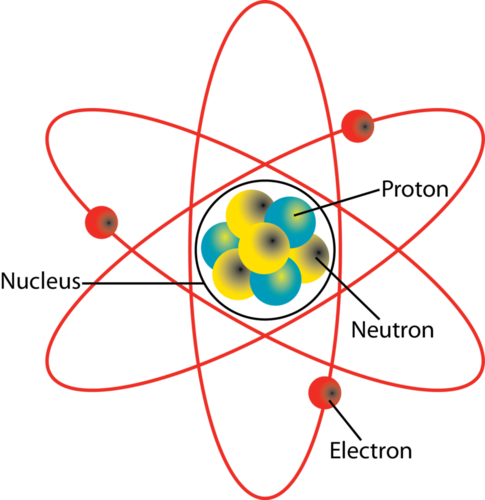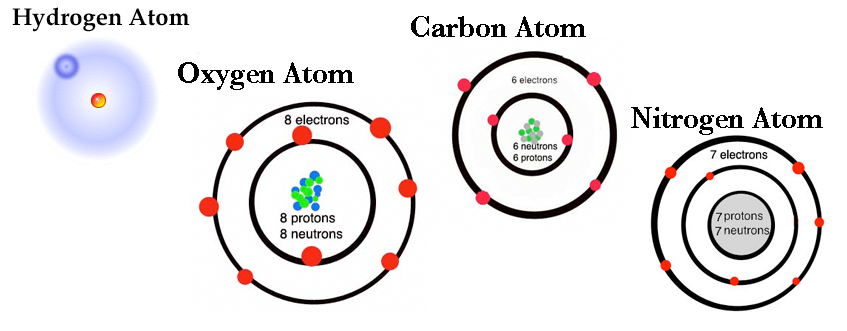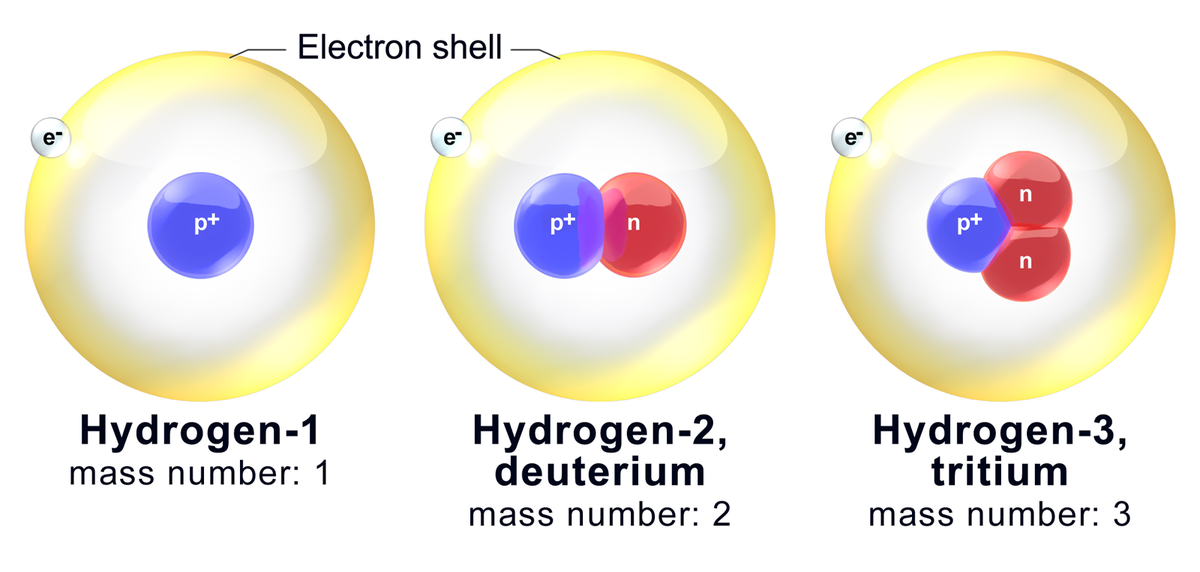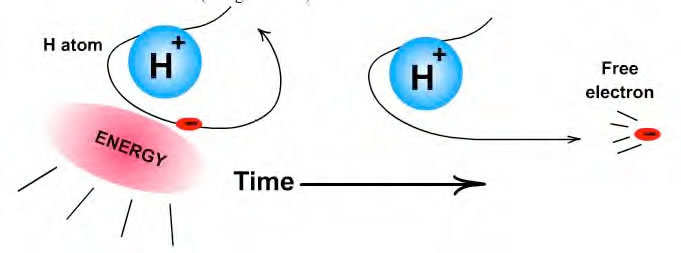
Stars are like headlights in a fog bank that’s impossibly thick in some places, and so thin as to be transparent in others. Sometimes, we get lucky enough for starlight to light up the fog. Other times, stars shine straight through it.
That “fog” is the interstellar medium. I’ve covered it in several posts already. We’ve gone over nebulae, the visible evidence of the stuff between the stars. I’ve talked about ways to study the interstellar medium. And I’ve introduced you to cool clouds, the clouds of mostly neutral hydrogen gas.
Now I want to introduce you to the intercloud medium. It’s different from cool HI clouds in that it’s ionized, rather than neutral.
But what exactly does that mean?
In order to understand the intercloud medium—also known as HII regions—I want to take you through a little refresher of how atoms work, and how they get ionized.

Meet the atom, the most basic building block of the universe. Just as languages are made of letters and lego creations are made of lego bricks, the universe is made of different types of atoms.
The most abundant is the hydrogen atom, which is also the simplest atom there is. Coincidence? I think not. It takes work for the universe to construct a more complex atom, so of course the simplest is the most common. Entropy is on hydrogen’s side.

Atoms all have a few basic parts in common: positive protons and neutral neutrons in the central nucleus, and negative electrons orbiting the nucleus in specific orbitals or energy levels. Basically, the little red dot things are the electrons.
For the purposes of this post, it’s not important to understand why protons have a positive charge, or why electrons have a negative charge. We can ignore neutrons altogether. What is important is that protons and electrons have opposite charges.
And opposite charges attract. (Yes, that cliché came straight from science.)

Here’s the hydrogen atom, up close and personal. Notice that it’s only got one proton and one electron. The heavier isotopes deuterium and tritium have a neutron or two, but those don’t matter to us.
Normally, the only kind of hydrogen we’ll find in the interstellar medium is the kind without a neutron.
Now, that proton in the hydrogen nucleus has enough positive charge to attract one electron. But it’s only going to be able to attract one if there’s an electron nearby to grab.
Perhaps I should explain something else about the HII clouds…
These regions of hydrogen are called the “intercloud medium” for a reason. They’re the stuff that’s between the cool clouds. Understand this: the interstellar medium is the stuff between the stars, but the intercloud medium is the stuff between those clouds themselves.
Because the HII clouds are between the cool hydrogen clouds, they’re far from any stars. Sometimes, a passing ultraviolet photon will zip through the intercloud medium, on route from a faraway star.
It’s enough to dislodge an electron from its orbit around a proton. When this happens, the hydrogen atom is considered ionized.

In a dense gas, the lone proton would quickly pick up another free-floating electron and become neutral again. But the intercloud medium is not dense at all. There’s only a single atom every ten cubic centimeters. The chances of a proton chancing across another electron are low.
So the intercloud medium stays like that, largely free-floating electrons and protons. It’s allowed to stay ionized not because of its high density—as in the case of the cores of stars—but because of its extremely low density.
One thing the ionized state of the intercloud medium tells us is that it’s hot—a few thousand Kelvins, which is about 5000℉. That’s pretty darn hot for a region of the interstellar medium. It’s still not hot enough to emit its own light, though. It would need to be a red dwarf star—a good thousand Kelvins hotter—to do that.
Stars are hot because their dense cores produce massive amounts of energy. Collisions between atoms in their cores are common, and a chain reaction called hydrogen fusion keeps stars burning bright.
The intercloud medium is hot simply because of the ultraviolet energy it absorbs from distant stars, the same photons that energize its electrons and knock them free of their atoms. A good rule of thumb to remember is that in space, ionized = hot.
But here’s the question. Cool hydrogen clouds are a thousand times denser than the intercloud medium, and dense material tends to spread out to try and reach equilibrium. So how do the cool clouds and the intercloud medium stay in balance?
The secret lies with the temperatures of both of these clouds.
Even though the cool hydrogen clouds are dense, the intercloud medium is hot. Just as much as the dense hydrogen clouds want to spread out and diffuse, the hot gas of the intercloud medium wants to expand outward. They press against each other, and neither wins out. Thus, they stay in balance.
This isn’t to say they’re without disruptions entirely. Observations have shown that cool clouds are twisted, flattened, and tangled into rather chaotic shapes, showing that some kind of wind or current (or perhaps shock waves) pushes through the interstellar medium.
Next up, I’ll talk about molecular clouds…and we’re just about done with the interstellar medium.
I always get a lot out of your posts, Emma. Especially enjoyed this one.
LikeLiked by 1 person
Glad to hear it! Thanks! 🙂 Sorry for the posting delay—I’m getting back to it with a vengeance now, though.
LikeLiked by 1 person
Haha, oh good!
Can be so hard to stay on schedule… 🙂
LikeLiked by 1 person
I’m trying for 4 times a week for now. We’ll see how that works out when school starts…but I’ll do my best.
LikeLiked by 1 person